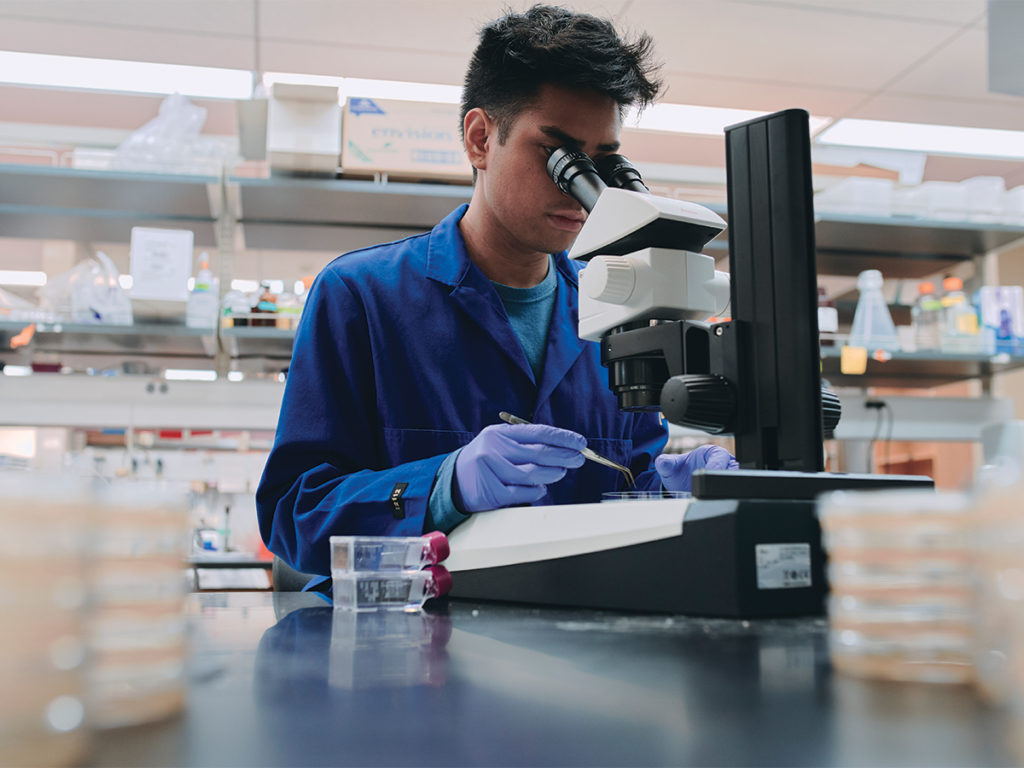
In the age of information, it is harder than ever to discern fact from conjecture. Seeing as even the most unassuming issues can be blown out of proportion by the internet, it’s hardly surprising that in times of crisis an already dangerous situation can be exacerbated by conspiracy theorists and rushed reporting.
On Dec. 31, 2019 several people in Wuhan, China reported symptoms associated with a new virus that may have originated from the Huanan Seafood Market. This novel coronavirus, later dubbed 2019-nCoV, is a cousin of the infamous SARS-CoV, which caused similar epidemics in China during 2003 and 2004, and MERS-CoV, which affected Saudi Arabia in 2012 and again later in 2015.
This group of viruses is named for the halos or “coronas” that can be observed when viewed under an electron microscope and commonly cause respiratory illnesses in humans. While it is unclear how many strains exist in the wild, only six have proven themselves to be pathogenic to humans. A common misconception is that the virus itself is deadly, when in fact it is more likely to compromise the patient’s immune system by inviting the onset of a separate, more dangerous infection such as pneumonia that can place the young, sick and elderly at risk.
While much is still unclear about the nature and origins of the virus, one thing is certain: disinformation has proven to be far more infectious than any disease nature could have cultured in a lab. History has taught the world that nothing is more terrifying than a threat one cannot see nor comprehend. As the general population learned of a mysterious new disease spreading across a foreign land, people flocked to the internet in a desperate attempt to find answers to the many questions they had.
Unfortunately, most of the literature surrounding the topic is dense, while other sources are less straightforward and thus more easily misinterpreted. When one Twitter user stumbled onto a patent filed by the Centers for Disease Control and Prevention in 2003 for a coronavirus genetic sequence, imaginations ran wild. A conspiracy quickly formed around the existence of the patent, falsely claiming that the government had not only manufactured the virus for nefarious purposes but that they also had a vaccine lying in wait in the hopes of profiting from the widespread infection.
This idea was false on all accounts, and what cannot be directly disproven can at the very least be explained. Not only is there no vaccine currently available for any variant of the coronavirus, the patent in question did not even pertain to the current strain of the virus, instead referring to the sequence of the SARS-CoV strain from its 2003 outbreak.
The debate over whether or not natural products like genetic material is eligible for patents has been a long one, dating back to a 1980 U.S. Supreme Court case in which it was decided that private companies could obtain licenses to living things, most notably individual human genes. Viruses in particular are a compelling target as their unique tendencies to enter and effectively hijack cellular systems makes them powerful tools in genetic modification, research and drug delivery or therapy.
In an effort to keep scientific research open and legal, the CDC was granted multiple sequence patents, the SARS-CoV sequence being among them. While the SARS-CoV patent is no longer relevant to today’s industry — the Supreme Court case was later overturned in the hopes of reducing the potential for preemptive monopolizations of untapped markets — the controversy surrounding the document shines an important light on an often forgotten corner of the commercial sector.
The Biotechnology industry, as advanced as it may seem, is still very young. Too few lines have been drawn in the sand when it comes to the ethics that researchers and entrepreneurs should abide by and the complex nature of the products the market produces makes it difficult to regulate. This, combined with the general lack of widespread coverage from conventional news outlets companies receive, makes the sector as a whole inaccessible to the average consumer.
Ultimately, the coronavirus scare not only proves that false information is often more dangerous than the infection it concerns itself with, but that the importance of easily accessible scientific reporting cannot be overstated enough.








